Have you ever seen a sand crab at the beach? If not, imagine little creatures with grey shells that wiggle backwards and live underneath the sand. You may ask yourself, why should we care about some tiny sand crabs? Well the answer is simple, they are actually very important to a beach’s ecosystem, as they are the basis of the food web. By monitoring sand crabs, we can indicate the health of the entire beach.
As part of the Marine Biology class at our school, we monitored sand crabs at Ocean Beach in San Francisco this September. Knowing that our little friends live in the swash zone (the area between the highest and lowest wave) on a beach, we took fifty samples from that particular area.
To collect samples, one person dug up sand with a white plastic cylindrical object called a core. Then, we sifted out the sand and counted how many crabs we dug up (if any).We found sand crabs in twenty-eight out of our fifty samples.
After putting all the collected data together, we looked at the distribution of males and females and recruits (young sand crabs). We discovered that the greatest number of sand crabs were females with eggs. This discovery led us to ask ourselves questions like “Why is this happening?” “Is it normal to have a lot of females with eggs?” “What about the population of sand crabs from other years during this time?” and “What does this tell us about the environment at the beach this year?”
We eventually came up with one final question: “What is the abundance of Recruits, Males and Females on Ocean beach in comparison to other years at this time?” To answer this question, we used data collected by our school from previous years to compare them with this year’s data.
This graph shows how many male, female and recruit crabs were found at Ocean Beach in the fall each year since 2003 (excluding 2009). As you can see, the data falls between zero and three crabs per core.
Looking at the graph, you will probably notice the greater abundance of sand crabs in 2003 and 2010. However, these two years do not have the same distribution of males, females, and recruits.
There are many factors that might affect how many sand crabs are collected during that specific period of time each year, including overall weather patterns and climate, human activity, the abundance and health of prey and predator species, and the environmental conditions during mating season.
One factor that influences the gender and age distribution is when the crabs mated. Depending on how early or late the female crabs started carrying their eggs, we would see a different ratio between males, females, and recruits.
According to a Limpets article and the Monterey Bay Aquarium website, the mating season for sand crabs occurs from February to October. The eggs develop for about 30 days, before drifting in the ocean as planktonic larvae for approximately 4.5 months. Once the sand crabs reach the shore, they are considered “recruits”.
A study done in the Department of Biological Sciences at UCSB explains that recruits appear on the beach as early as September, but continue arriving through winter and spring. Since we found a significant amount of females with eggs this fall, the crabs most likely mated in late summer. According to our school’s data from past trips, this pattern of fewer recruits than males and females has been consistent since 2003.
Now that you know a bit about sand crabs, we hope you can take something away from this. While our data and analysis may be interesting, how does it relate to you? As mentioned before, sand crabs are essential to a beach’s ecosystem and by monitoring them we see how the ecosystem is doing, which can potentially affect everyone. The monitoring process is fun and easier than you think , so why not go out and give it a try? You can make a difference too!










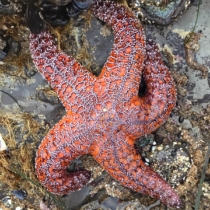



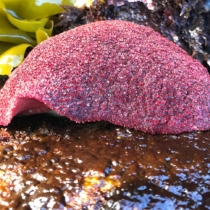


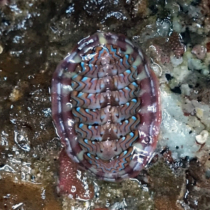







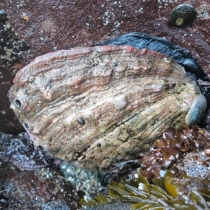







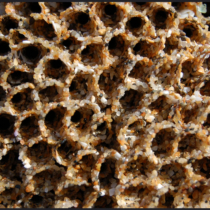
Really interesting data and results. Who knew things could change so much from year to year on Ocean Beach? What do you think students, like yourselves, get out of an experience like this?
Do you have any ideas about what made for so many more sand crabs in 2003 and 2010? Since they are a vital part of the ecosystem, do you see a pattern that presents a problem or not? Keep those thinking caps on!
Great work and nice to see your ideas about the comparison of years prior. So many good questions to consider with sand crab populations. I wonder how the populations/sizes/ ratios compare in later months (spring/summer).
You guys did an amazing job comparing your data to the information from the years before. Do you know how exactly the weather and climate change affects the sand crabs population?
-AKS
Loved your question! I think you have a great piece of work here. It is very captivating with the graphs and picture. Nice work! Do you know how many eggs a female can carry at one time? How many actually make it to be recruits? Do you know about how many of the eggs are male or female?
-VKS
wow. didn’t know that much about sand crabs.